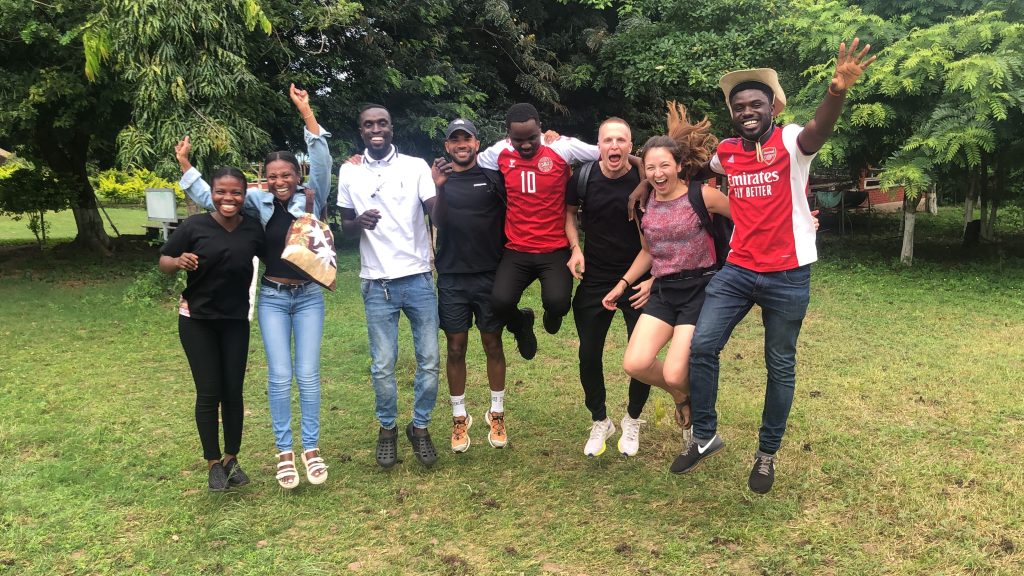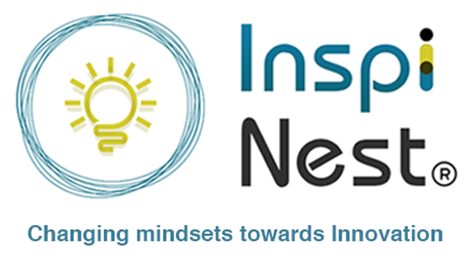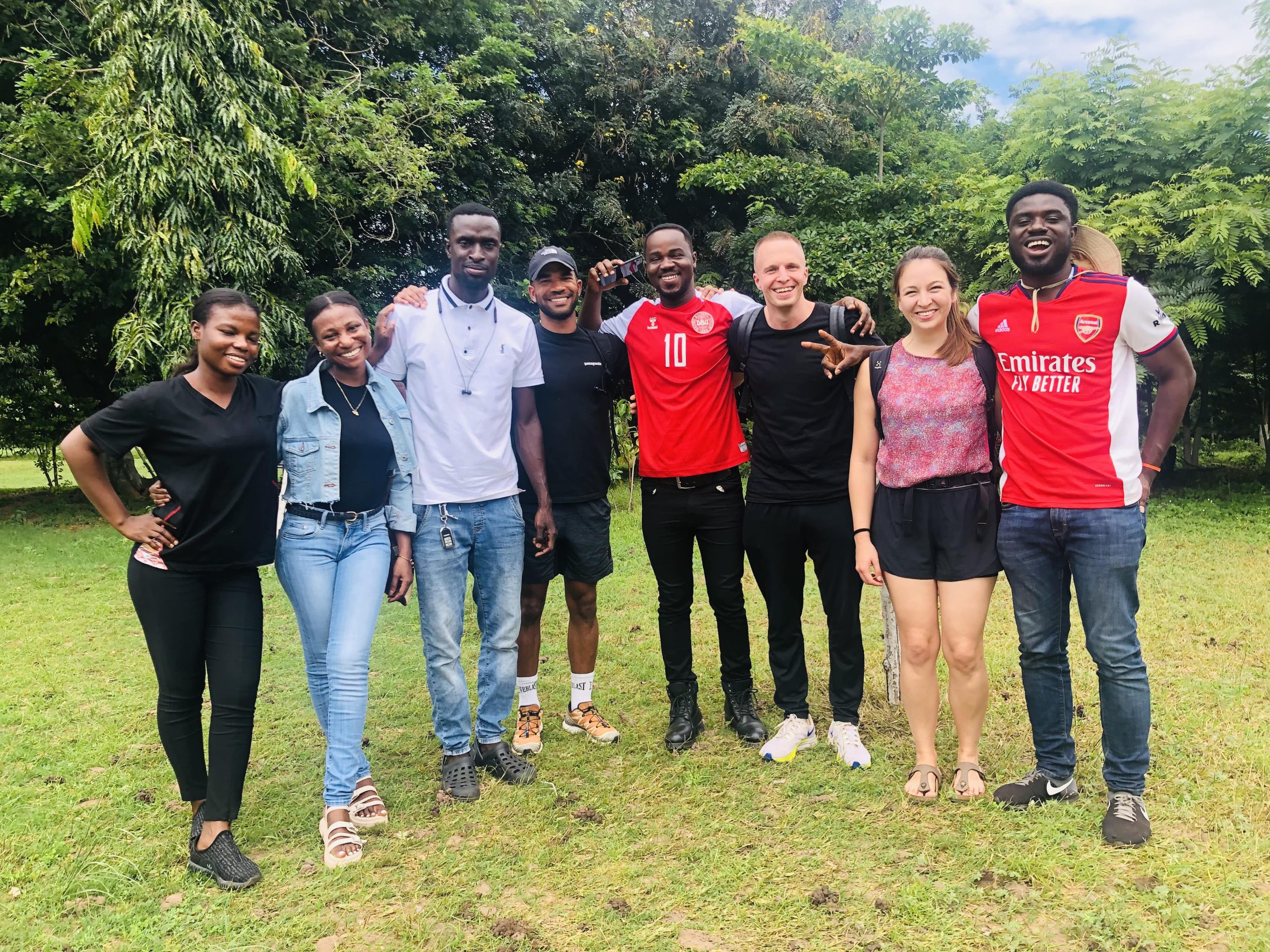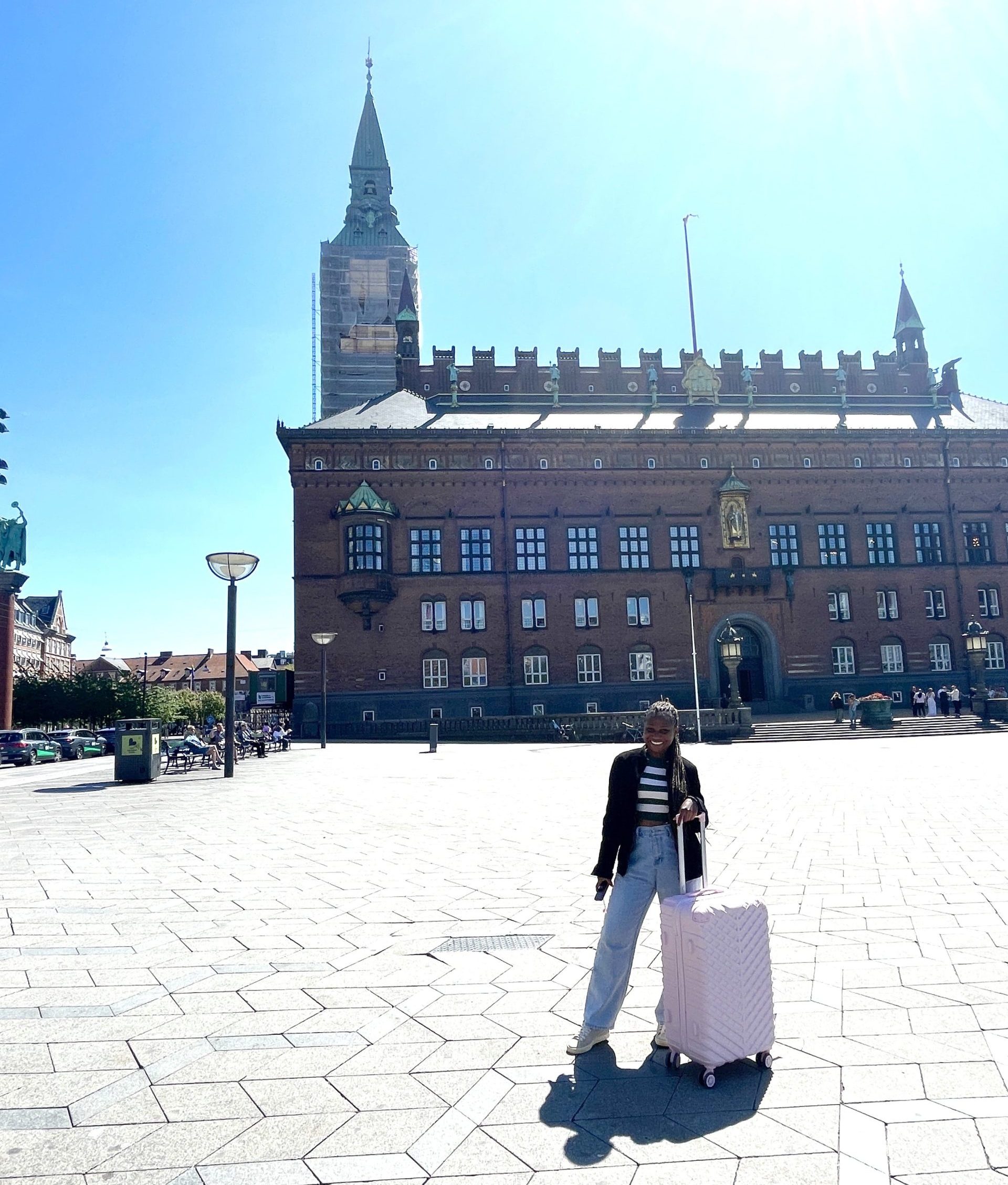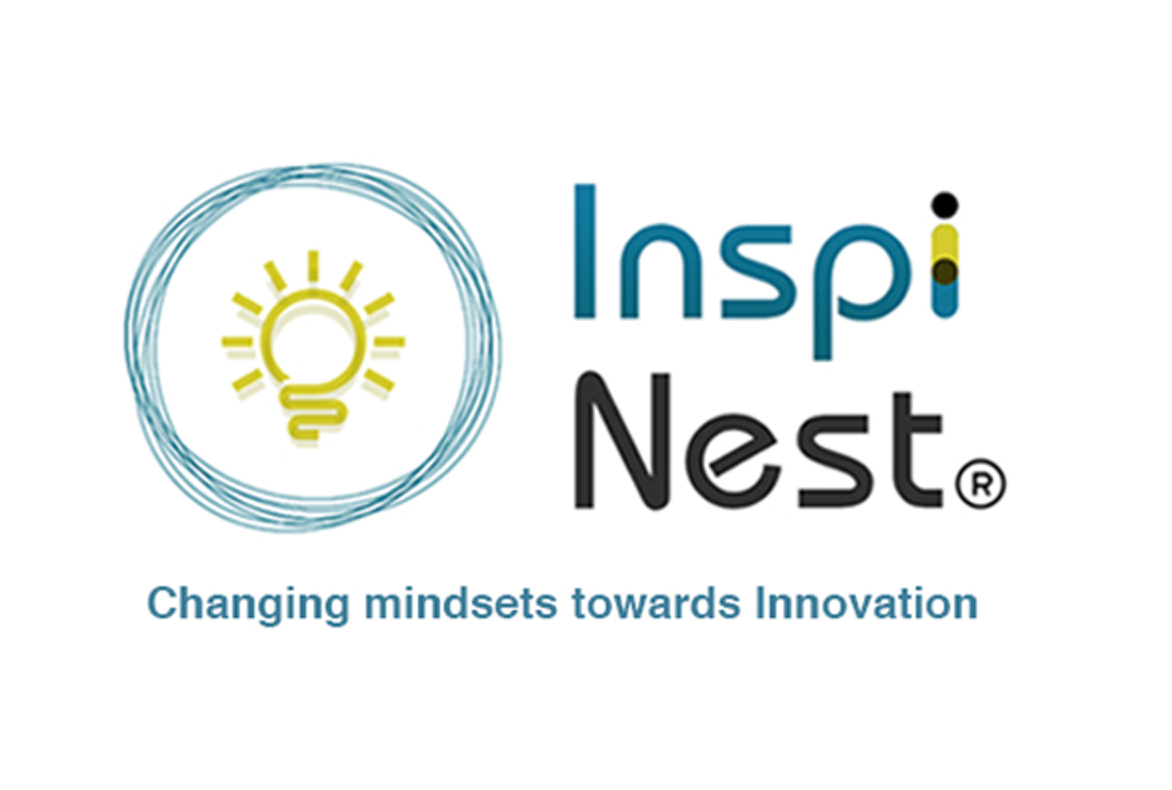Is collaboration among organizations / stakeholders necessary?
Just as in business, where people choose joint ventures to strengthen and join forces with others in order to maximize profits, In the same way that one can bring their strong sides and complement each other where one is weak.
Similarly, organizations/stakeholders aiming to change society can use the same approach. Working together to ensure we’re all pulling our weight to help each other.
A popular saying goes, “A broomstick can easily be broken, but when broomsticks are tied together, the broom will bend but not break.” This statement carries some weight.
Why don’t we all help each other succeed because, in reality, you can succeed best by helping others.

InspiNest collaborative effort with other organizations.
One of the most important factors that stakeholders hammered on during our recent advocacy meeting was the need for partnership and collaboration between NGO’s to help solve challenges in the entrepreneurial world.
We live in a country where people like tearing each other down. It appears to be more of a battle to prove or show yourself approved.
Even though this is not necessarily a bad thing because you improve as a person when you can show a progress report of what you do, in the same light, one person can only do so much, but when individuals decide to collaborate, the end results are usually worthwhile.
Civil Connections visit from Denmark to Ghana demonstrated one thing: ‘teamwork.’
There is so much that can be done, but by working together, everyone on the team can find their voice. When organizations join forces, whether for charitable or business reasons, they can leverage on others to form a formidable force.
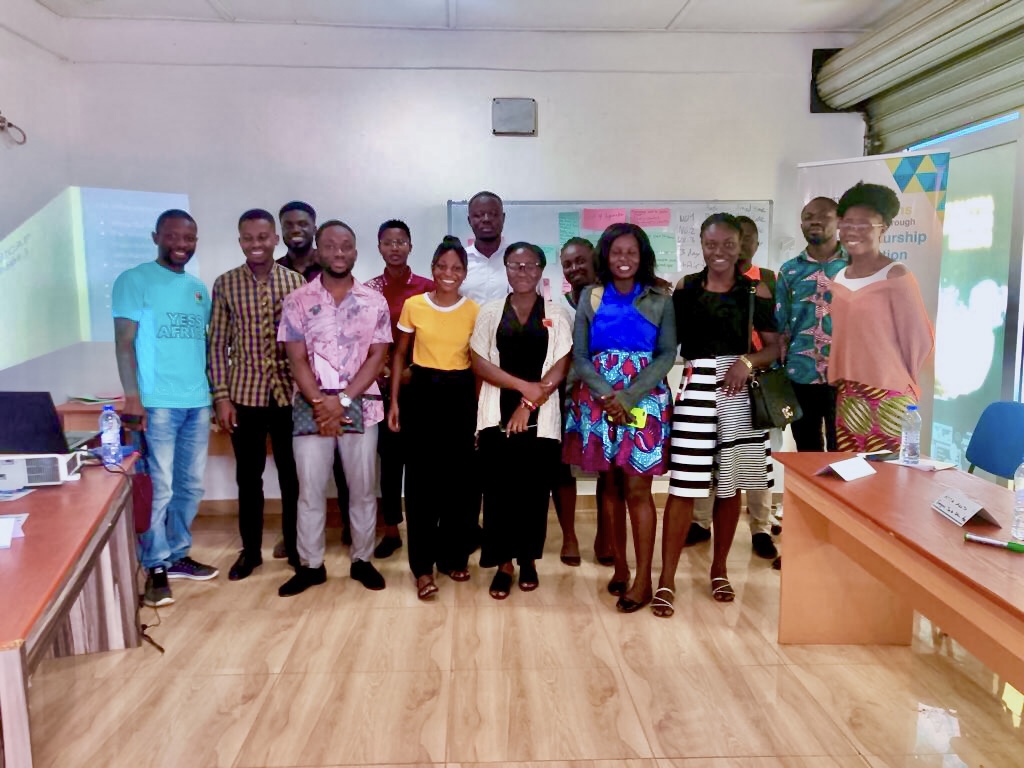
How can we foster collaboration?
- TRUST – The foundation of any long-term relationship is trust. For others to put their trust in you, you must be trustworthy as a person. This is a moral principle, not a business one.
- RESPECT – Respect does not imply superiority. It cannot be demanded, but must be earned. Whether you’re a leader or a subordinate, it’s critical to respect each other as people first, then for the roles you play.
- WILLINGNESS – This can be translated in a number of ways, but in order to not give up easily, you must be willing to give your all for a higher purpose. Know your goal and commit to achieving it.
- EFFECTIVE COMMUNICATION – Disagreement will always arise when two people misunderstand each other. As a result, communication and opinions must be received with clarity.
The main goal is for individuals to be able to collaborate in order to achieve a common goal. Goal 17 of the SDGs discusses partnership for sustainable development.
The UN even admits that achieving this goal will require strong global partnership and cooperation. This only emphasizes the importance of people working together to build better, more effective communities and a more sustainable world.
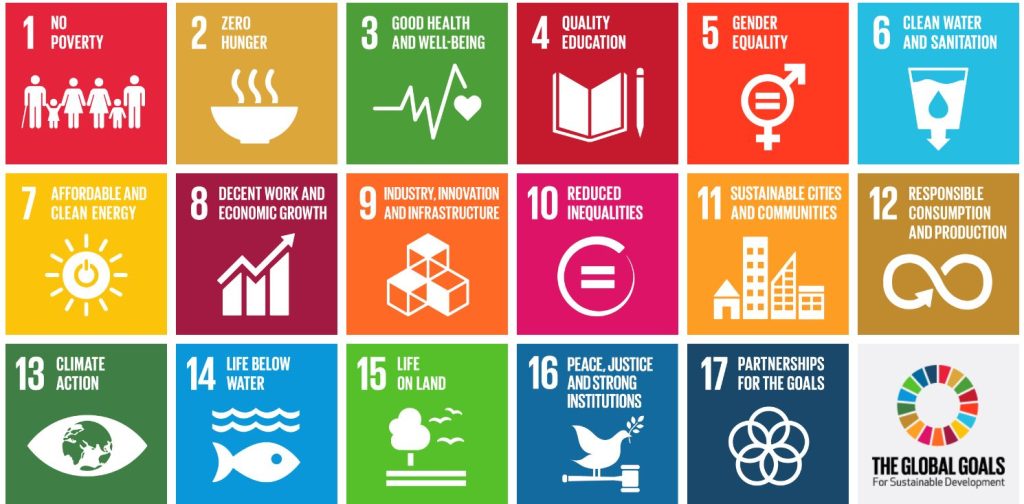
Consider an individual doing all of an organization’s planning, organizing, staffing, leading, and controlling. It leads to burnout, but if more people join, each one can be assigned a role; a role where they are good at . Then we can achieve more effective and better results.
Collaborations have shaped organizations all over the world.
There is no limit to what companies from various industries can create when they collaborate.
Take into account how organizations such as McDonald’s and Burger King, as well as Uber and Spotify, were able to increase recognition, make better use of knowledge and resources, and increase profitability simply by collaborating.
Collaborations can even reveal that you share the same audience, which aids in the development of a formidable brand for both companies.
When two companies collaborate, both organizations benefit from the experience. They bring their own insight and creativity to the table, which is what makes a collaboration successful for both parties.
Alone we can do so little, together we can do so much.
